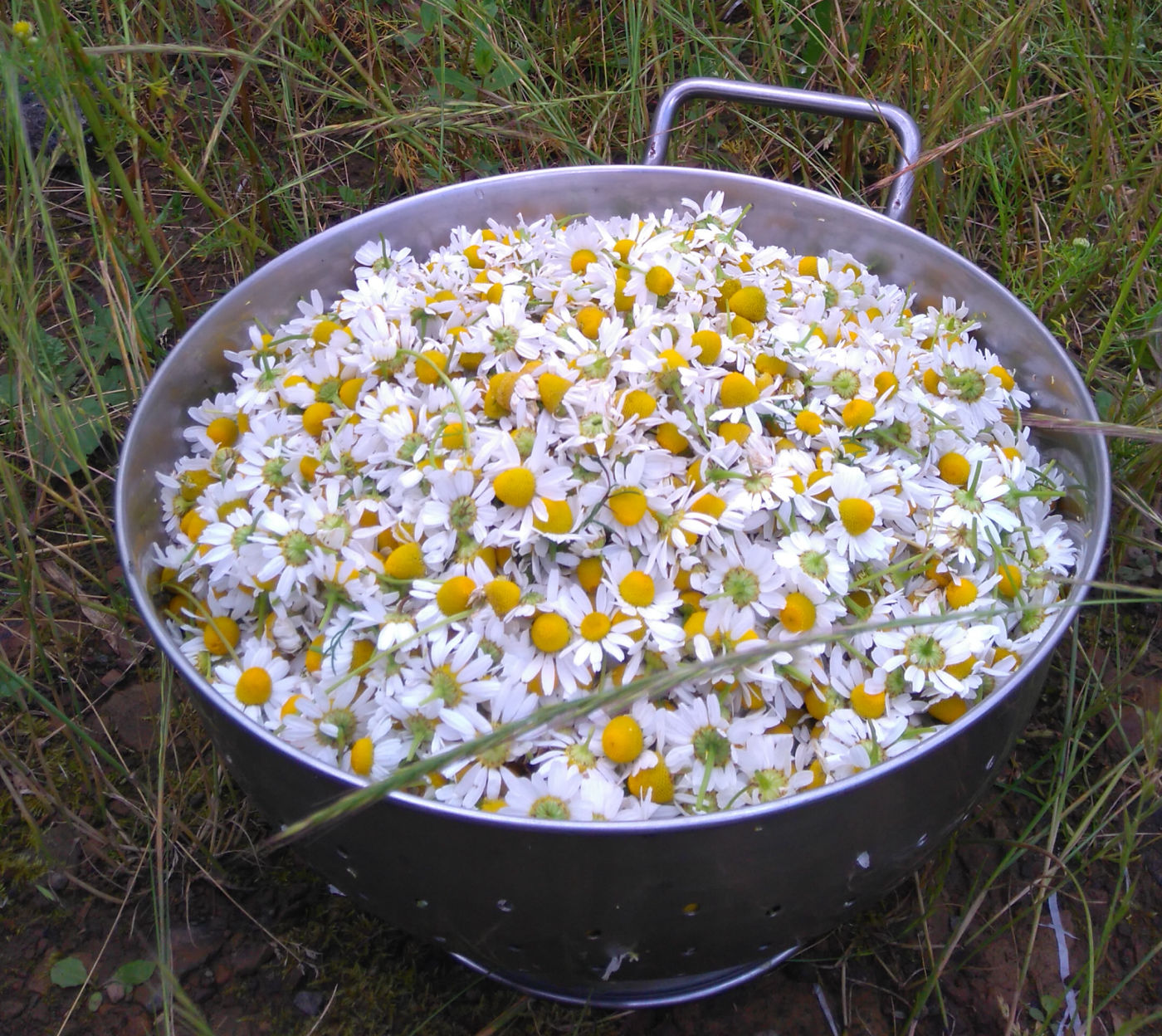
Herb Photographs
Pictures of medicinal plants taken in and around Sheffield
Chamomile picked in Eckington
Witch hazel (Hamamelis) ~ a herbal medicine still much used, in the form of a distilled water, for bruises and sprains and skin care. The flowers provide January with a blast of colour and the scent of honey.
Turkey tails (Trametes versicolor) ~ not a flowering plant, but a useful medicinal mushroom that grows all around Sheffield. It is used for its beneficial action on the immune system and for its anti-cancer properties.
Cleavers (Galium aparine) ~ A sign that spring is coming. Easy to identify by the way it looks and its velcro-like manner of sticking to clothing! It is used medicinally as a lymphatic tonic and for immune system support. It makes a safe and mild tasting tea.
Three cornered leek (Allium triquetrum) ~ This is one of several wild species of garlic to be found around Sheffield. Three cornered leek is an invasive species originally from the Mediterrranean. It has some of the anti-infective actions and positive effects on the heart that are attributed to the more familiar garlic bulbs
Hawthorn (Crataegus monogyna) - May blossom! Mostly hawthorn is pollinated by flies rather than bees, but here a peacock butterfly is feeding on the nectar. Hawthorn is one of my favourite herbal remedies - the leaves, flowers and berries are used as a gentle restorative remedy for cardiovascular problems and also as a gentle sedative.
Saint John's Wort (Hypericum perforatum) ~ named after John the Baptist and supposedly blooms on his feast day - 24th June. around Sheffield it often flowers later, but this was out in June this year. This plant is known to many people as an anti-depressant, but it has a wide range of actions. Historically it was used as a wound herb and is helpful for bruising.
Juniper (Juniperus communis) ~ the berries (which are actually cones) of this shrubby evergreen are used to flavour gin and to add flavour to food. They are also used as a medicine , mostly for urinary tract infections but also as a digestive aid. I had never encountered juniper in the wild in the UK until last year but have since come across it in several locations.
Sundew (Drosera rotundifolia) ~ insects get caught in the sticky substance that gives this plant its name - and then they are digested by the plant as a source of nitrogenous compounds - lacking in the boggy places where they grow. It has a history of being used to soothe coughs, but is rarely used by modern herbalists.
Skullcap (Scutellaria galericulata) ~ named for the shape of its flowers grows along the edges of ponds and lakes - and here on the Grand Union Canal. An American species of skullcap is used as a gentle restoring sedative but the British varieties of which this is one have a similar medicinal effect.